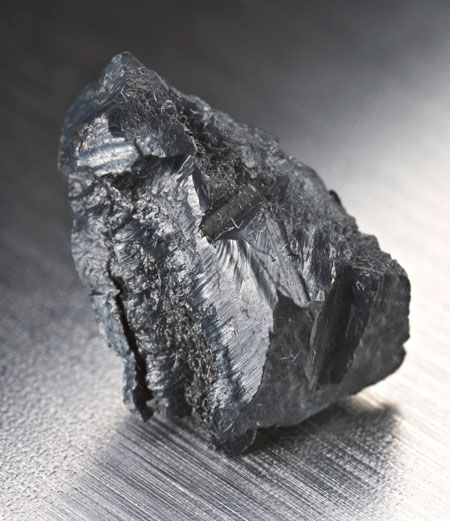

The image is of a camera lens. Lanthanum is added to glass used in some camera lenses to improve the clarity of the images it can produce. The flames in the background reflect the ease with which the element burns when ignited.
| Density | 6.15 |
| Melting Point | 920°C |
| Boiling Point | 3464°C |
Lanthanum metal has no commercial uses. However, its alloys have a variety of uses. A lanthanum-nickel alloy is used to store hydrogen gas for use in hydrogen-powered vehicles. Lanthanum is also found in the anode of nickel metal hydride batteries used in hybrid cars.
Lanthanum is an important component of mischmetal alloy (about 20%). The best-known use for this alloy is in ‘flints’ for cigarette lighters.
‘Rare earth’ compounds containing lanthanum are used extensively in carbon lighting applications, such as studio lighting and cinema projection. They increase the brightness and give an emission spectrum similar to sunlight.
Lanthanum(III) oxide is used in making special optical glasses, as it improves the optical properties and alkali resistance of the glass. Lanthanum salts are used in catalysts for petroleum refining.
Lanthanum was discovered in January 1839 by Carl Gustav Mosander at the Karolinska Institute, Stockholm. He extracted it from cerium which had been discovered in 1803. Mosander noticed that while most of his sample of cerium oxide was insoluble, some was soluble and he deduced that this was the oxide of a new element. News of his discovery spread, but Mosander was strangely silent.